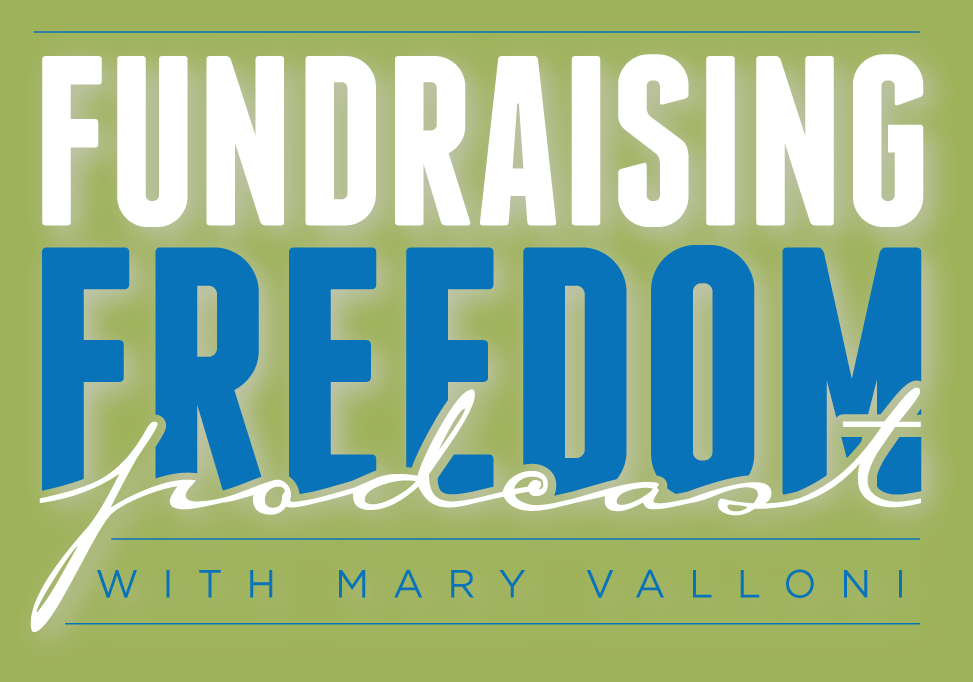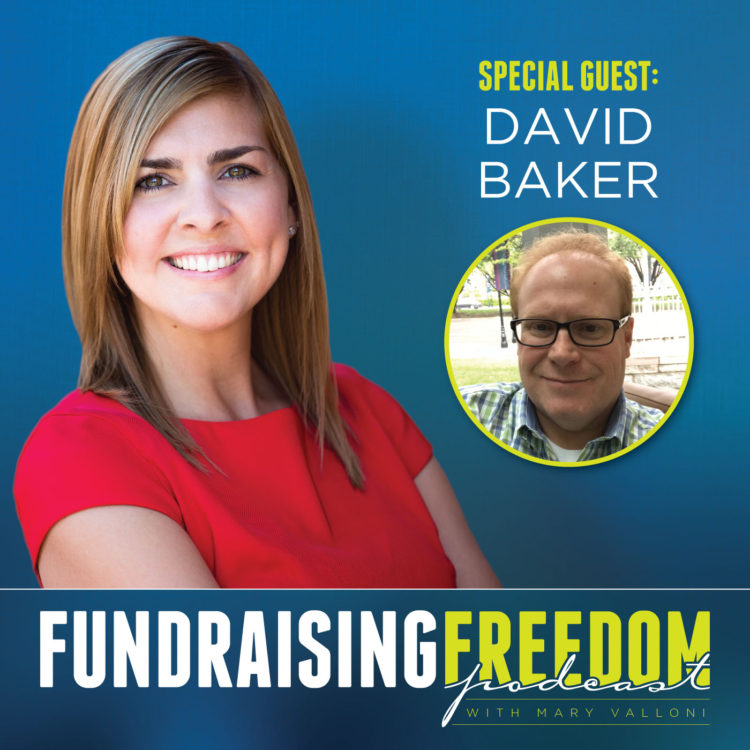Podcast: Play in new window | Download
Subscribe: Apple Podcasts | Android | RSS
David Baker is a recovering lawyer who has provided comprehensive fund development services to nonprofits, social service agencies, churches, and libraries for over 20 years. David has raised hundreds of millions of dollars through major gift efforts. He has consulted with organizations in California, Ohio, Michigan, Missouri, Georgia, Tennessee, Utah, Arkansas and more for capital and endowment campaigns, comprehensive fundraising efforts, planned giving, development professional recruitment and coaching, charitable interest assessments (aka feasibility studies) and board training.
What is stewardship?
Stewardship is basically doing the donor right by how we treat them. The problem is when you’re a smaller organization, stewardship tends to get dropped. But you can’t go from a $25 one-time gift to an entire estate without the stuff in between. Instead of taking a transactional view with people, stewardship is about honoring the person and treating them as a human, not an ATM. Organizations need to develop a bigger process than just thanking donors and sending them information.
What is a planned gift?
A planned gift is literally a gift that requires planning. What’s the state of the family? Are there tax consequences? Is there a charitable interest? You need to determine the donor’s needs as well as the charity’s needs so it’s a win for everyone.
What is the most ideal situation to go from the $25 to a planned gift?
1. Celebration – acknowledge and thank your donor.
2. Impact communication – meaning NO newsletters, because no one wants another newsletter. Rather, tell stories. There are 3 stories you should tell: the staff/board story, the donor story, and the story of those you serve (all focused on outcomes).
3. Invitation – what can you invite them into? Do you need intellectual capital? You want them to see the organization’s mission in action. Example: David worked with a major donor who gave a modest 4-figure gift that also involved giving away books to children. He was invited to the book giveaway event and he helped hand the books to the kids, some of who said it was the only book they had ever owned. After the event, the donor said the experience was the most meaningful thing he’d ever done. That simple invitation was all it took for him to be hooked – he got to see impact right away.
4. Personalization – acknowledge your donor’s previous gift rather than generic appeals for the next gift.
5. Empathy – the process can’t just be about money and estates. It requires heavy relationship building with the families. The process could start with a birthday card, knowing when the kids leave for college, or maybe there is a death in the family. As you build relationships, you’ll know when these life events occur, and you’ll begin to track and acknowledge them.
How can we use databases to our advantage?
It starts with an audit conversation. What are you doing now and what do you actually need that you haven’t been able to do? Online giving; how does it tie to the database? How simple are the gift forms? Then you put a system in place that includes workflows. The system should track your campaign, data points you want to capture, and the reports you want to generate. Your reports will only be as good as the data that is entered; you should hire someone to serve in this realm.
David and his team use Salesforce, which is free to begin with up to 10 users. Example: David and his wife purchased a mattress online and after the purchase received a barrage of emails and calls about purchasing a new mattress. The mattress company’s own system didn’t know that he’d already bought one. It’s no different with donors – when donors receive impersonal generic asks for money, they feel that the organization doesn’t even know what they’ve already done. This is why it’s vital to keep good records of your donor information. NEVER JUST THANK AND ASK AGAIN.
What does fundraising freedom mean to you?
When you can start seeing your donors as people and they know you – this is where the freedom comes from. Getting to the point where you get long gains takes work, but it’s totally worth it and a lot of fun!
For more information about David Baker, go to givingdesign.com.
For more information about Mary Valloni, visit maryvalloni.com and to download our free Fundraising Freedom Roadmap, go to maryvalloni.com/roadmap.

